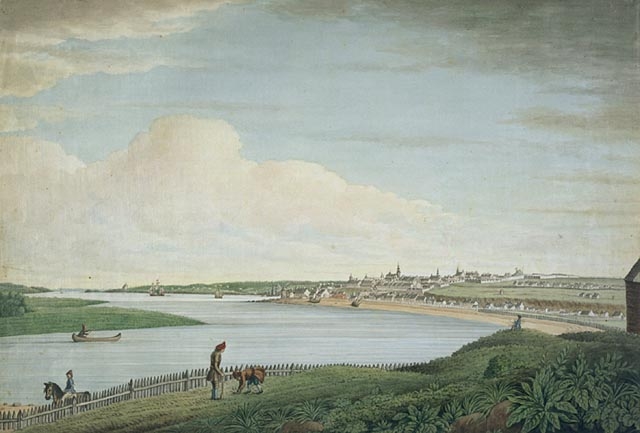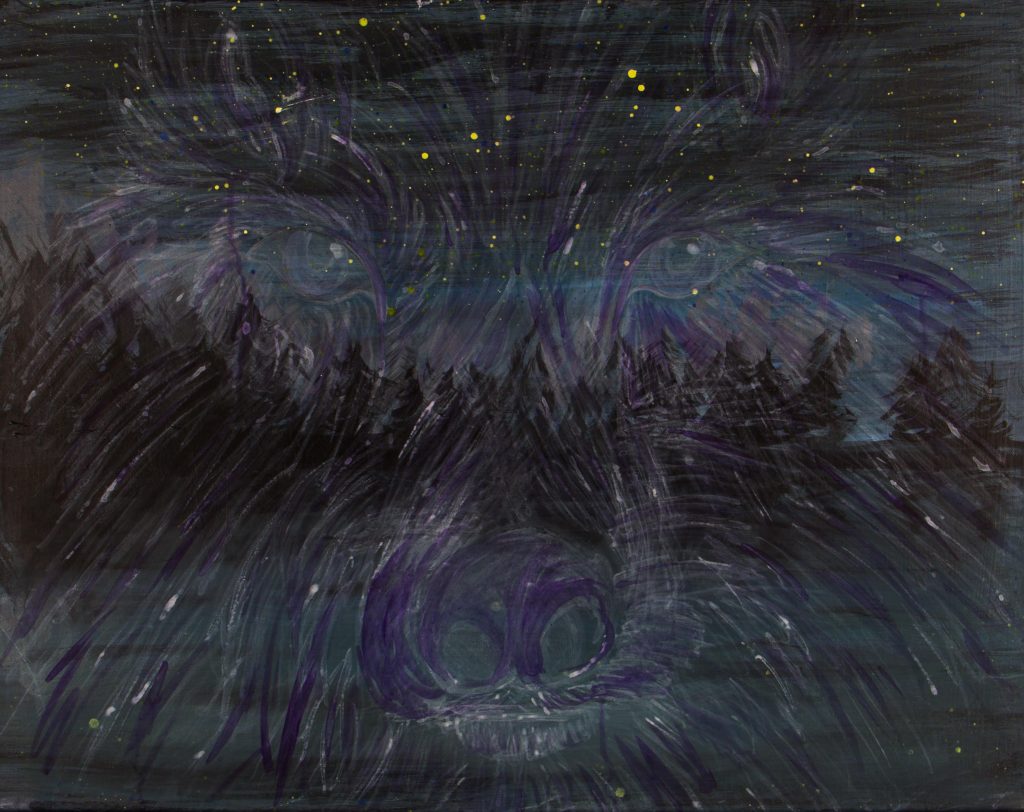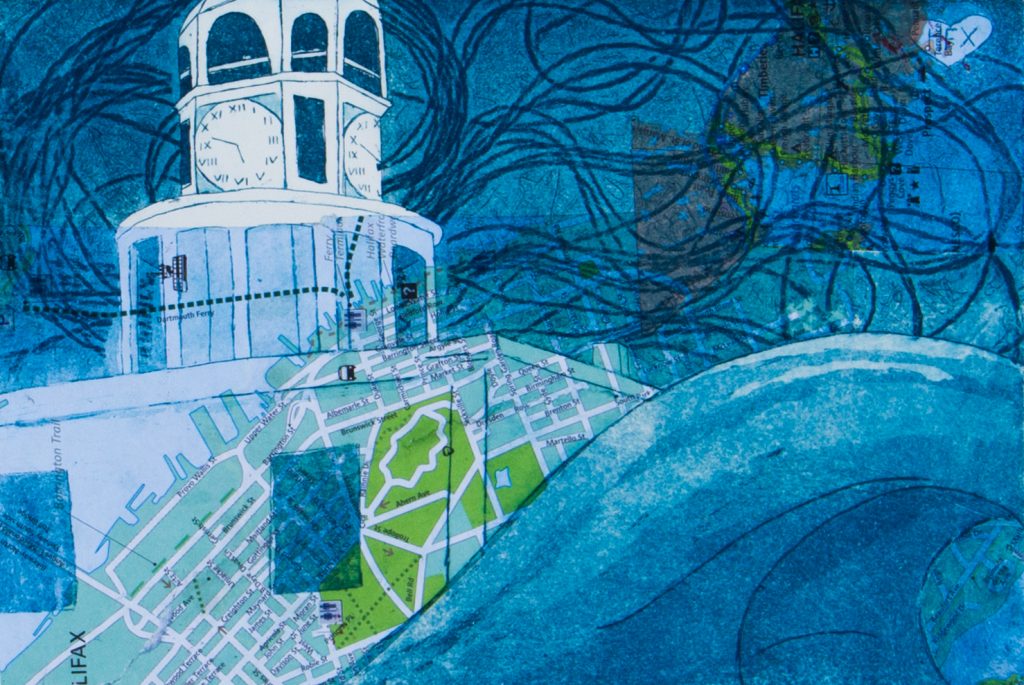The most striking effect of Green Grass, Running Water is its ability to arouse readers’ desire to “get” the in-jokes, to track the allusions, and to find answers to a whole series of posed but unanswered questions (Fee and Flick 131)
We each bring stories with us to our understanding of the world, and these stories are part of what makes us different from one another. As such, and as Fee and Flick indicate, not one of us holds all understanding of the wide range of allusions present in Green Grass, Running Water. We all have stories, and all contain some truth – our own truth. This is a crucial aspect of understanding others, of seeing that there are multiple perspectives: a crucial consideration when making assumptions. It is together, through the building of common ground (Paterson), we will begin to broaden our understandings.
For this final blog, I have chosen to focus my close reading on pages 193-204.
Continue reading


